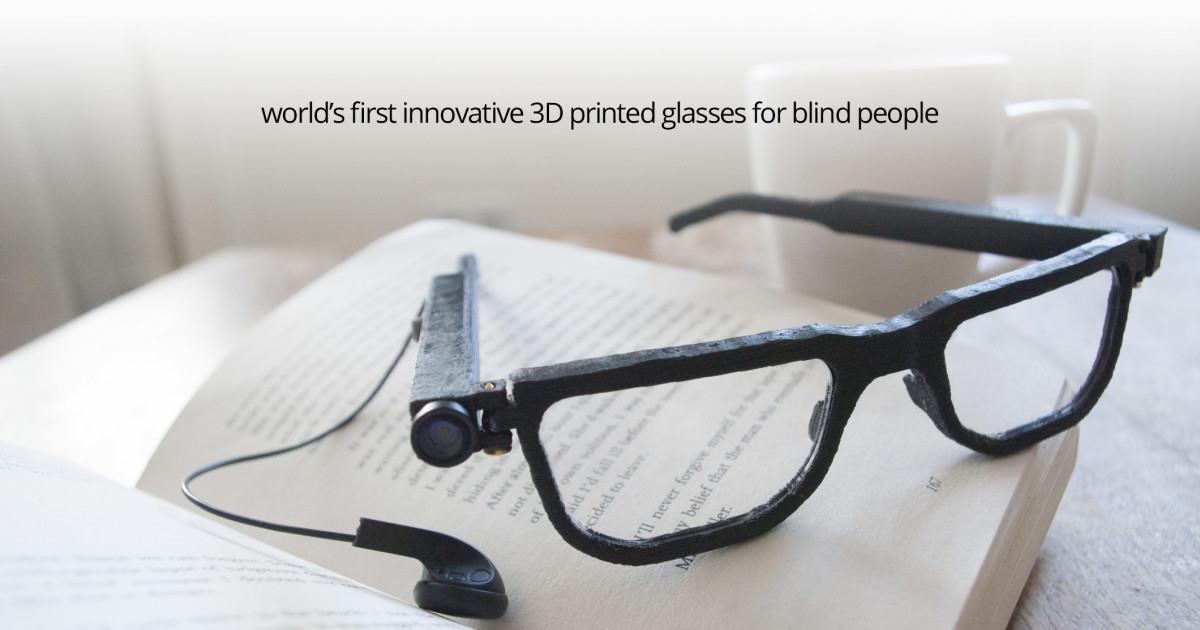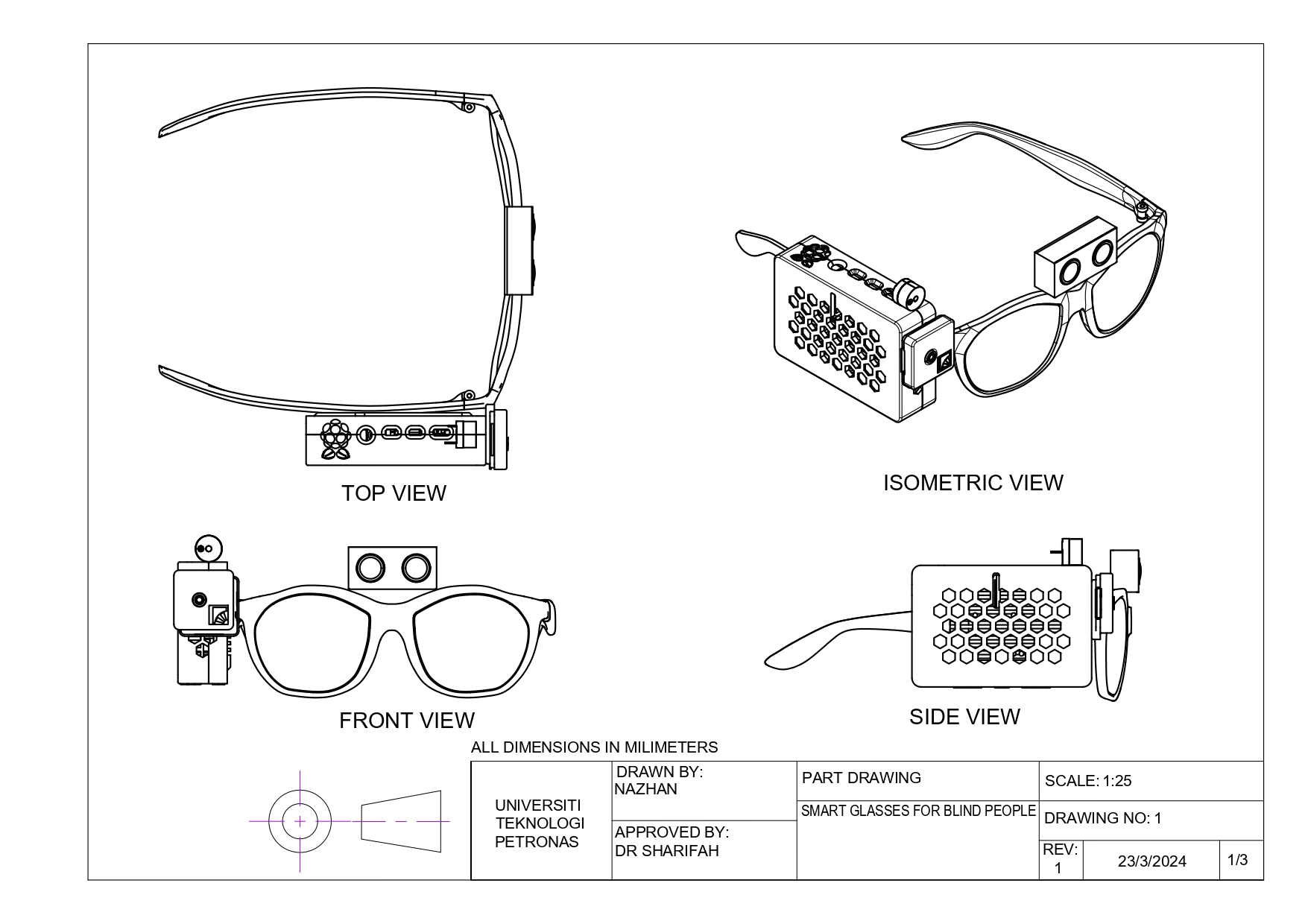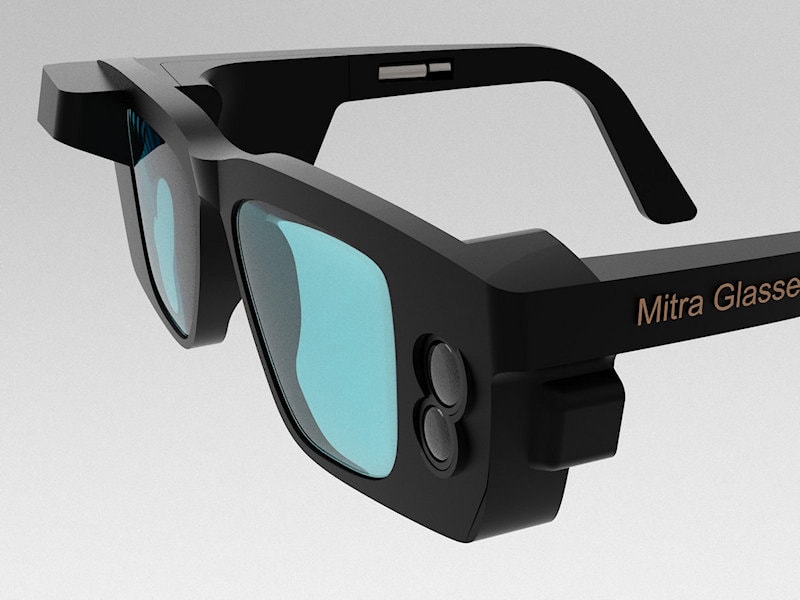Speech-to-Text Devices for Low Vision Users: Enhancing Communication and Productivity
Speech-to-Text Devices for Low Vision Users: Enhancing Communication and Productivity
Blog Article
Empowering Self-reliance With Assistive Technology for the Blind
The assimilation of assistive innovation for individuals that are visually impaired or blind stands for a considerable improvement in fostering freedom and enhancing top quality of life. With a series of tools-- from screen viewers to ingenious responsive tools-- these innovations not only facilitate navigating and communication yet likewise promote social addition and participation in different facets of life. As we check out the varied kinds of assistive gadgets and their real-world applications, it becomes clear that the effect is extensive. The advancement of this technology increases essential inquiries regarding access and future developments that call for further exam.
Comprehending Assistive Innovation
Although assistive innovation has progressed dramatically over the years, its fundamental function stays the exact same: to improve the high quality of life for people with specials needs, specifically those that are aesthetically damaged or blind. This modern technology encompasses a broad series of tools and devices that facilitate self-reliance and functionality in everyday activities.
Assistive innovation can be categorized into state-of-the-art and low-tech options, each created to satisfy certain requirements. Sophisticated gadgets typically include software program applications, specialized hardware, and adaptive gadgets that utilize advanced modern technology to give assistance in numerous contexts. On the other hand, low-tech options might include day-to-day products that are changed to enhance accessibility, such as magnifiers or responsive markers.
The assimilation of assistive technology right into the lives of individuals that are blind or visually hindered not only promotes autonomy however also cultivates social addition and engagement in instructional and expert settings. By leveraging these technologies, customers can navigate their surroundings, accessibility information, and interact properly, thus improving their total lifestyle. Recognizing assistive technology is important for caregivers, experts, and advocates that aim to support people in optimizing their possible and achieving greater self-reliance.
Kinds Of Assistive Instruments
Assistive devices for the visually impaired and blind are vital devices that boost daily obeying resolving specific challenges encountered by individuals. These gadgets can be extensively categorized into three main kinds: optical tools, digital tools, and sensory tools.

Sensory gadgets, such as Braille display screens and tactile maps, provide alternate means to obtain details. Braille presents transform electronic text into Braille, enabling individuals to check out with touch. Responsive maps use spatial understanding via elevated lines and textures, allowing for better environmental understanding.
Together, these assistive devices equip individuals with visual impairments to engage even more totally with their environments, advertising better independence and confidence in day-to-day activities.

Impact on Day-to-day Live
The integration of assistive technology into the day-to-day lives of people who are visually damaged or blind substantially improves their ability to interact and browse with the globe around them. Gadgets such as screen viewers, Braille shows, and mobile applications help with accessibility to details, enabling users to involve with digital web content, interact efficiently, and manage day-to-day jobs separately.
Additionally, technologies like clever glasses and navigation apps provide real-time aid in unknown environments, improving mobility and self-confidence. These tools enable users to determine challenges, checked out signs, and also recognize faces, hence promoting a sense of autonomy in public spaces. Additionally, home automation systems, which can be regulated through voice commands, permit individuals to handle their living atmospheres better, enhancing convenience and safety.
The influence of assistive technology prolongs past useful jobs; it promotes social incorporation and psychological health. By bridging the void between people and their surroundings, these technologies encourage customers to participate fully in neighborhood activities, go after academic chances, and participate in significant partnerships. Ultimately, the development of assistive innovation is important in redefining the opportunities for people that are aesthetically impaired or blind, bring about an extra obtainable and inclusive culture.
Success Stories and Reviews

Another effective endorsement comes from Mark, a recent university graduate who used display analysis software throughout his scholastic trip. This technology enabled him to access program products and take part in conversations, ultimately leading to his effective transition right into the labor force. Mark credit scores assistive innovation for encouraging him to attain his profession objectives, emphasizing its function in leveling the having fun area for individuals with visual problems.
In addition, neighborhood centers have actually reported raised involvement in their programs many thanks to the introduction of obtainable digital platforms. These platforms have made it simpler for people to link, share resources, and assistance each other. These success tales collectively highlight the profound impact of assistive modern technology in cultivating self-reliance, improving top quality of life, and breaking down barriers for the aesthetically impaired and blind community.
Future Trends in Assistive Tech
Emerging modern technologies are poised to transform the landscape of assistive tech for individuals who are blind or visually impaired. Technologies in expert system (AI) and maker learning are enhancing the abilities of tools, allowing more instinctive customer experiences. AI-driven applications are increasingly able to review and recognize things message aloud in real-time, offering individuals with valuable information click to find out more regarding their environments.
Furthermore, advancements in wearable modern technology are producing new opportunities for independence. Smart glasses outfitted with enhanced fact features can overlay important details onto the user's field of view, helping with navigating and communication with the setting. The combination of Internet of Things (IoT) devices is simplifying availability in smart homes, permitting individuals to manage appliances and get notifications via voice commands or tactile user interfaces.
The advancement of braille display screens and tactile responses systems is also increasing, advertising access to electronic web content and enhancing interaction. As my sources these modern technologies remain to progress, they promise to improve day-to-day living, academic opportunities, and employment leads for individuals with visual problems. Constant cooperation between technologists, customers, and campaigning for groups will certainly be important in making certain these innovations satisfy the requirements of the area successfully.
Verdict
Finally, assistive modern technology plays a critical function in boosting the freedom of individuals who are blind or visually damaged. By providing vital devices and sources, these modern technologies facilitate enhanced interaction, navigating, and access to information, thus promoting autonomy and self-esteem. The transformative effect of assistive gadgets not just advertises efficient interaction with the atmosphere but also motivates social addition and involvement in different elements of life, ultimately empowering customers to grow within their areas.
The assimilation of assistive innovation for individuals who are aesthetically impaired or blind represents a substantial innovation in cultivating self-reliance and enhancing quality of life.The assimilation of assistive innovation into the lives of people that are blind or visually impaired not just promotes freedom yet likewise fosters social incorporation and involvement in expert and educational settings. Eventually, the advancement of assistive innovation is important in redefining the eye diseases opportunities for individuals that are blind or aesthetically impaired, leading to a much more inclusive and obtainable culture.
Many people who are blind or aesthetically impaired have shared motivating success stories that highlight the transformative influence of assistive technology on their lives.In verdict, assistive technology plays a crucial role in boosting the independence of people that are blind or visually damaged.
Report this page